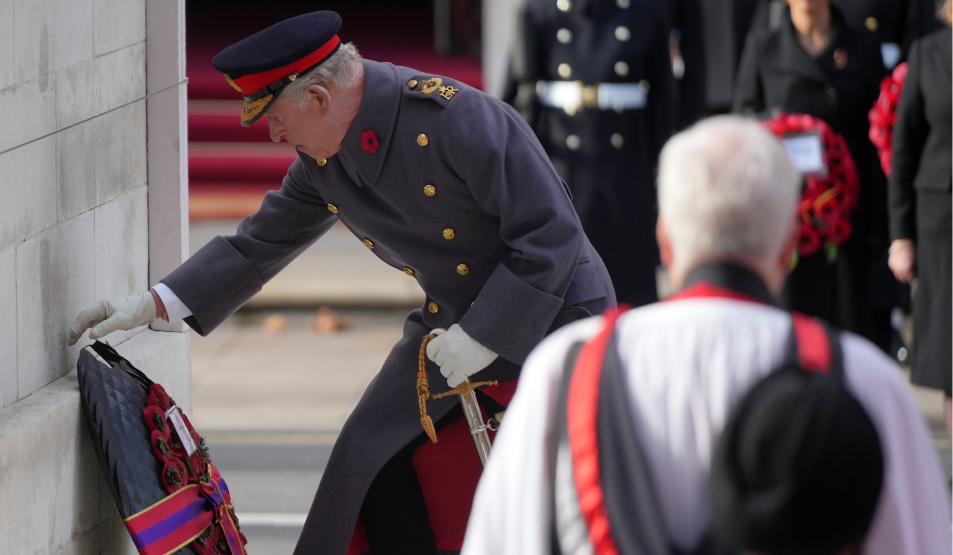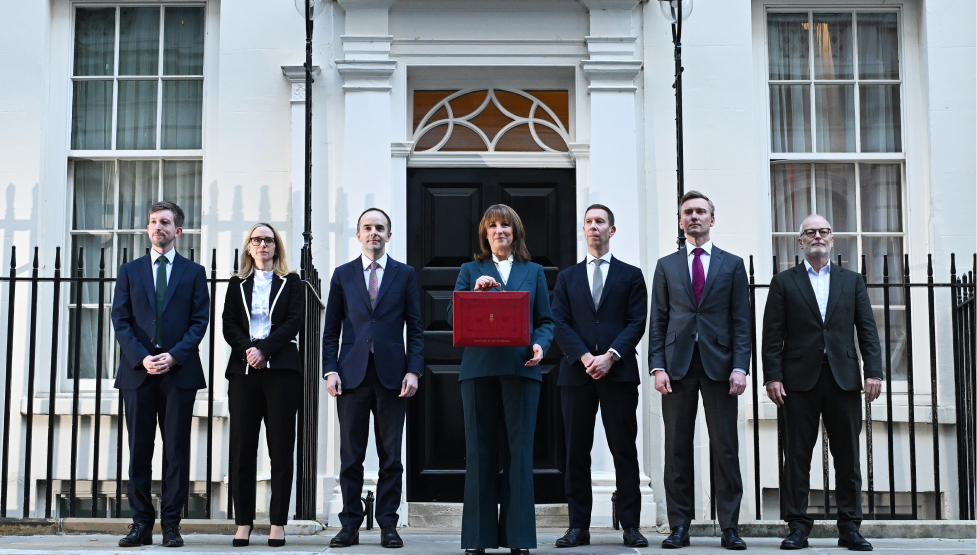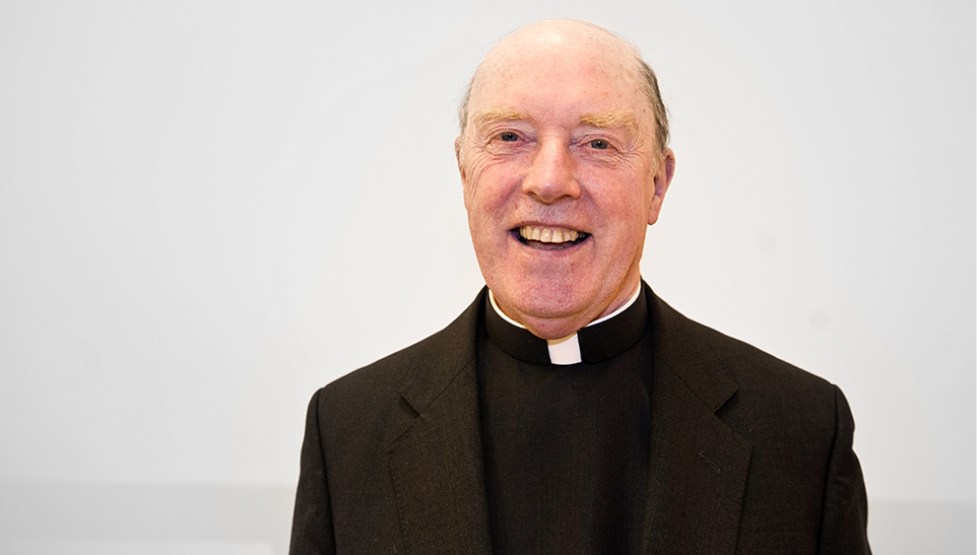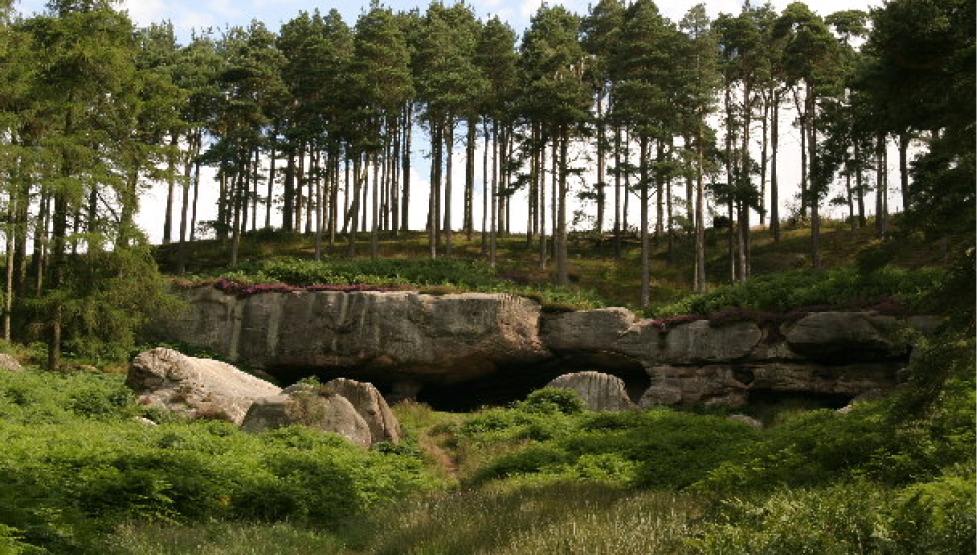King Charles III led the nation in honouring Britain’s war dead on Sunday, presiding over the annual Remembrance ceremony at the Cenotaph in Whitehall.
As Big Ben struck 11 a.m., the capital fell silent for two minutes of national reflection, the stillness broken by a single gun salute and the mournful notes of “The Last Post” played by Royal Marines buglers.
The King, wearing the uniform of an army field marshal, stepped forward to lay his wreath of red paper poppies on a black background at the foot of the monument, the nation’s symbol of sacrifice for more than a century. His son and heir, Prince William, followed, with other members of the royal family in attendance, including Prince Edward. From the balcony of the Foreign, Commonwealth and Development Office, Queen Camilla and the Princess of Wales observed the proceedings in silence.
Conspicuously absent was Andrew Mountbatten Windsor, the former Prince who was stripped of his royal titles last month over his association with Jeffrey Epstein. Wreaths were also laid by Prime Minister Keir Starmer, representatives of the Commonwealth, and leaders of the Armed Forces.
Across the country, parishes and communities marked Remembrance Sunday with solemn Masses and local ceremonies, echoing the national observance in London. At Westminster Cathedral, clergy and military chaplains gathered for a Solemn Pontifical Requiem for the Fallen, celebrated by Cardinal Vincent Nichols, where all three branches of the Armed Forces were represented.
The Bishops’ Conference of England and Wales marked the day with a reflection from Fr Paul McCourt, a priest of the Diocese of Hexham and Newcastle who has served as an army chaplain for more than twenty-five years. He described Remembrance as “an annual salute to that innate human instinct to protect peace and all who live by it, to protect life in all of its ages against threat, and to live by principles so hard won in times past.”
Fr McCourt said that the Cenotaph, erected in 1920 as the nation’s principal memorial to those who died in the First World War, was soon replicated in towns and parishes across Britain. With another world war following just two decades later, and countless conflicts since, the annual observance has become a collective gesture of gratitude, “the best way we can say a collective ‘thank you’ to so many who have protected and defended world order and our nation.”
As the ceremony closed and the last notes faded, Britain once again renewed its vow to remember the fallen, those who gave their lives so that others might live in freedom and peace.
Requiescat in pace.
(Photo by Alastair Grant - WPA Pool/Getty Images)







.png)

.jpg)






